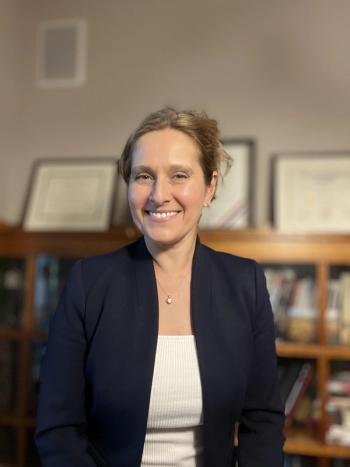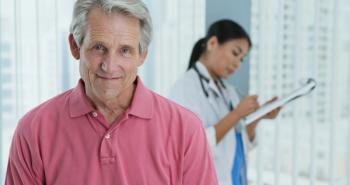
House calls could be secret weapon to save Medicare
House calls may be making a comeback as a way to cut costs and provide better quality care for the elderly and chronically ill.
Editor's Note:
Glen Stream, MDIn the practice of medicine, what’s old could very well-and perhaps should-become new again.
For generations, doctors routinely cared for people in their homes; in the 1930s, house calls were almost half of all doctor-patient meetings in the United States.
Blog:
What once had been common practice has all but disappeared from the medical landscape. By 1980, house calls accounted for 0.6% of all doctor-patient encounters. The reasons: increased specialization and new technology that require patients to go to hospitals and doctors’ offices for their care. In the view of many medical professionals, an inconvenient and inefficient use of their time.
But house calls may be making a comeback as a way to cut costs and provide better quality care for the elderly and chronically ill. Our changing demographic picture may hasten the revival, given that by 2040 the number of people over 65 will double to nearly 72 million, or one in five Americans.
House calls could save Medicare billions of dollars by reducing expenses for the highest-cost beneficiaries-the 5% that account for more than 50% of Medicare’s expenditures. It could also help reduce costs by caring for people at the end of their lives at home instead of in the hospital. Twenty-five percent of Medicare dollars is spent on people in their last year of life, mainly because of the high cost of hospitalization.
Helping spark prospects for a house call revival is a demonstration project by the federal Center for Medicare and Medicaid Services (CMS) that has won plaudits for delivering high-quality medical care and social services to chronically ill people in their homes while significantly reducing total Medicare costs.
Blog:
In the first two years since the project, Independence at Home, began in 2012, the 17 practices participating in the project have cared for up to 10,000 beneficiaries. Most are elderly with a disability or severe chronic illness like heart disease or dementia that makes it hard for them to get to a doctor’s office. Without the home-based care, they would frequently resort to costlier emergency room visits or hospitalization.
According to CMS, Independence at Home saved Medicare more than $25 million in the first year and $10 million in the second-a savings of $3,070 per beneficiary in year one alone. CMS officials view the project as a “commonsense way” for Medicare beneficiaries to get better quality care and “bring down the long-term cost of care in a patient-centered manner.”
It’s also a way to reward participating medical practices that succeed in reducing Medicare spending and also meet quality measures by giving them some of the money saved-incentive payments in the first two years of the program totaled $17.4 million. Enhanced payment for primary care services, including home visits, is essential to improving health and reducing total healthcare costs.
Blog:
The project has won bipartisan support from four senators who in July introduced legislation to make Independence at Home a permanent program under Medicare. More than 75 organizations, from AARP to the American Geriatrics Society and the American Academy of Family Physicians, have urged support for the legislation, saying it would enhance the dignity and independence of seniors by allowing them to stay at home where they are most comfortable.
While bringing back house calls may be a worthy goal, it will be impossible to achieve unless we have enough doctors to make them.
We don’t.
A 2016 analysis commissioned by the Association of American Medical Colleges found that the United States will face a shortage of 14,900 to 35,600 primary care physicians by 2025 and a shortfall of between 37,400 and 60,300 non-primary care doctors, most significantly among surgical specialties.
The Independence at Home project and other house call programs that have popped up around the country are a good start in delivering quality care to house-bound people. But unless we solve the serious and very real doctor shortage, especially of primary care physicians, we won’t be making many house calls anytime soon.
Glen R. Stream, MD, MBI, is a family physician in La Quinta, California and president of Family Medicine for America’s Health, which sponsors
Newsletter
Stay informed and empowered with Medical Economics enewsletter, delivering expert insights, financial strategies, practice management tips and technology trends — tailored for today’s physicians.















